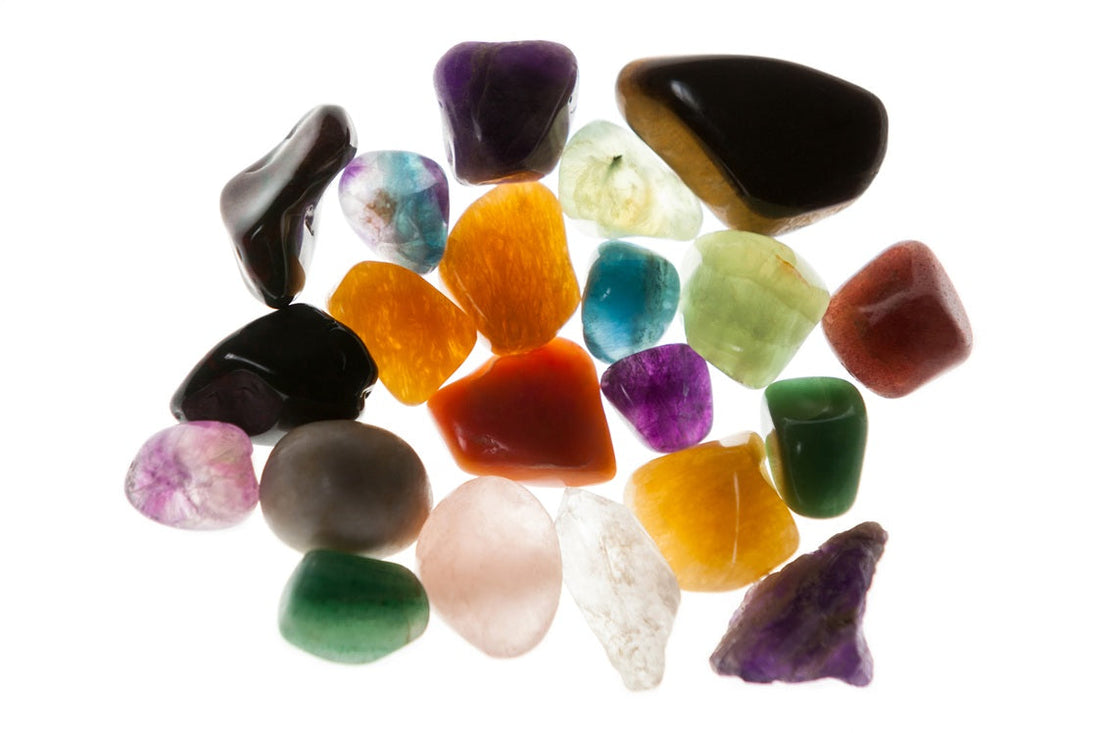
Focus on Aventurine: Properties, Benefits and Use in Lithotherapy
Share
Geographical origin of Aventurine
Aventurine is a semi-precious stone found in many places around the world. It is commonly found in India, Brazil, and the Urals in Russia. Its name comes from the Italian "a ventura", which means "by chance", in reference to the fortuitous discovery of this stone.
Colors of Aventurine
The color of Aventurine varies mainly between green and blue, although it can also appear in orange, brown, yellow, gray or white. Its distinct color is due to the inclusion of minerals such as fuchsite for green or hematite and goethite for red.
Mineral and esoteric properties of Aventurine
On the mineral level, Aventurine is a form of quartz, containing small inclusions of mica. In esotericism, it is known to be a stone of prosperity. It promotes leadership, decision-making and strengthens the qualities of compassion and empathy.
Legends associated with Aventurine
Many legends surround Aventurine. In Asia, it is associated with the Buddhist deity Kuan-Yin, a symbol of compassion. In Europe, it was often used as an amulet to attract luck and prosperity.
Symbolism of Aventurine
Aventurine symbolizes well-being, balance and tranquility. It is often used in meditation for its calming energy. It is also known to aid in mental clarity and creativity.
Aventurine in modern lithotherapy
In modern lithotherapy, Aventurine is used to balance the energies of the body and mind. It is considered a healing stone, helping to alleviate skin problems, allergies and headaches. In addition, it is often used to promote relaxation and reduce stress.










